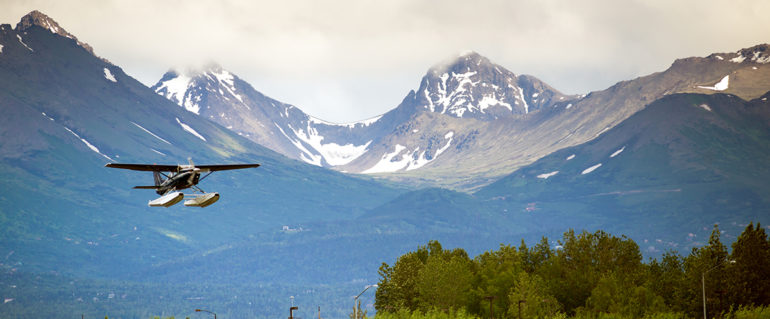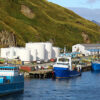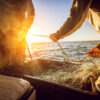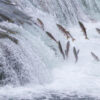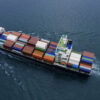Extreme Safety Measures for Flying in Alaska
Unlike other states, Alaska has some of the most extreme weather patterns in the world. Safety measures are different than average commercial and supply planes to ensure safe travels of both products and people involved. Even with safety measures enforced, fatal plane crashes are higher than the rest of the country.
Here are some rules and regulations set in place for flying in Alaska.
1. Weather-Savvy
Not surprisingly, pilots who fly in and out of Alaska become weather experts. Often, pilots rely on both VFR (visual flight rules) along with IFR (instrument flight rules) to make sound decisions. In general, pilots must always be able to see the front visually and around the plane in order to ensure safety. If it’s exceptionally foggy or cloudy, experienced pilots may divert paths or reschedule the trip entirely.
When planning ahead, pilots and passengers may check out Alaska Aviation Weather Unit or similar weather databases that showcase local information, weather hazards, real-time satellite images, and more.
2. Extreme Safety Equipment
Unlike regular safety and survival gear that may be found on planes flying in the lower 48 states, Alaska pilots prepare for survival in harsher climates. Here are just some of the things that are required under state statute to carry:
- Ax or hatchet
- Firestarter
- Signaling devices like railroad fuses or colored smoke bombs
- Snowshoes
- Mosquito head nets
- Read the rest of the list here.
These extra precautions are necessary. If the plane needs to make an emergency landing, due to the wilderness of the Alaskan territory, it’s very likely the landing will be out in the middle of nowhere.
3. Water-Bound
Believe it or not, most of the planes that arrive in Alaska land on the water. Alaska is by in large roadless, which means tourism, commercial fishing, and other industries adapt around Alaska’s natural terrain.
Seaplanes and floatplanes are essential in Alaska, with Lake Hood in Anchorage being the largest seaplane base in the world. When the lake is frozen over in the winter, a seaplane can become a “ski plane” as some seaplane pilots may replace their floats with ski-like equipment for a smooth landing on the frozen lake.
Seaplanes provide more than just a beautiful view of Alaska for tourists. Often, these planes are used to getting children to school, shipping supplies to remote areas, and law enforcement.
4. Bush Pilots
Unlike traditional flying, bush flying requires a different set of skills. Bush planes are often outfitted with larger tires or floats so they can land on rough terrain, and bush pilots go through rigorous training due to how dangerous this job is.
When training to be a bush pilot, you can either go the missionary aviation route, which requires a minimum of 500 hours of flight experience along with a variety of licenses and endorsements, while commercial operators require a commercial pilot license and experience flying specifically in the area of choice. Both provide services and supplies to remote locations.
By land or sea, Alaska Air Forwarding will get your supplies and packages to their destination quickly and securely. With over 50 years of experience in the shipping industry, we know the safety measures needed to get your package arriving safely and on time.

